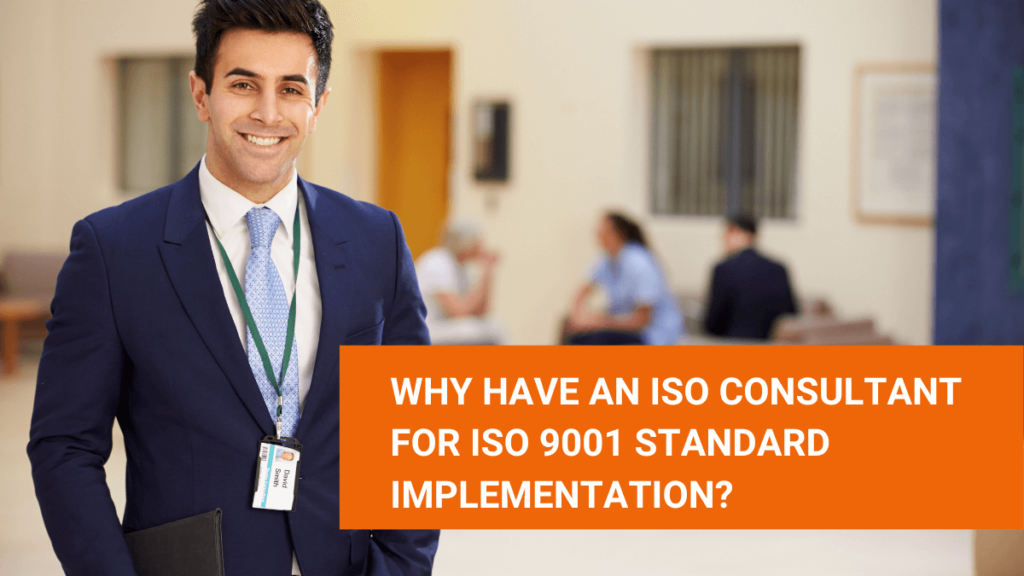What is ISO 14001?
ISO 14001 is an environmental management system (EMS) certification. It is a systematic approach to protect environment, meeting compliance obligations and enhance environmental performance among objectives at relevant functions.
Which is the latest version of ISO 14001 standard to implement?
ISO 14001:2015 is the latest version published on 2015, and is the third edition of this standard. The previous version ISO 14001:2004 is no more valid after Sep’2018.
The companies that uses earlier version of the standard have to complete the transition of ISO 14001:2015 and complete the assessment from certification before Sep’2018, or else the certificate will be invalid.
What are the main clauses and structure of ISO 14001:2015?
The first few sections of the standard are scope of the standard, references and definitions to support organizations looking to implement an EMS. The next seven clauses are auditable clauses of the standard, they are
- Context of the organization
- Leadership
- Planning
- Support
- Operation
- Performance evaluation
- Improvement
The above clauses are split based on PDCA model.
Is environmental policy mandatory for an organization and how detailed should be the policy?
It is the responsibility of top management to establish, implement and maintain environmental policy.
The new version of standard is significantly different from 14001:2004 in many ways, also the environmental policy is one of the mandatory requirements of the EMS.
Consider the following when writing the policy:
- Is appropriate for the context and purpose of the organization, including the nature scale and impact of its activities
- Helps to frame environmental objectives
- Prevention of pollution, protecting environment and specific commitments
- Fulfill compliance obligations
Commitment on continual improvement of environmental management system by enhancing environmental performance
Which are the areas to be focused in ISO 14001?
The environmental management system is fully committed on continual improvement towards six basic areas. They are:
- Local and national environmental and community issues
- Use of basic materials and natural resources
- Contamination of land
- Waste management
- Emission to air
- Release to water and increase of noise level
Which are the other integrated systems used for ISO 14001 implementation?
The ISO 14000 series addresses the following aspects of environmental management:
- Environmental management system (EMS)
- Terms & Definitions
- Life cycle assessment (LCA)
- Environmental auditing & related investigation
- Environmental labels and declaration
- Environmental performance evaluation
What are the principles behind the ISO 14000 series?
- Result in better environment management
- Applicable in all countries
- Promote extended boundaries of the public as well as users of these standards
- Encompass environmental management system and environmental aspects of products
- Cost effective, non-prescriptive and flexible so they are able to meet the differing needs of organization
What are the key benefits of ISO 14001 on business?
The key benefits are
- Reduction in exposure
- Cost savings (Lower consumption, lower waste and recycling)
- Positive public image
- Demonstrating CSR
- Demonstrate green credentials when responding to tenders and stand out from competitors
Is it mandatory to communicate the environmental policy?
Yes, the environmental policy should be available as documented information. To be available with all relevant interested parties, as appropriate. It should be communicated, understood and applied within the organization by displaying in boards, Screen saver, internal trainings, Standup meetings, pamphlets etc.,
How do we define environment management system?
EMS is a part of the organization’s management system which integrate with the business processes of an organization.
- It manages environmental aspect and impact and their interaction with the environment
- Considering life cycle perspective of products and activities
- Fulfill compliance obligation, which may be voluntary or mandatory
- Address risk and opportunities from internal and external sources to enhance environmental performance
About Environment – Einstein said “the environment is anything that isn’t me” and ISO 14001 refers to the environment as the surroundings in which the organization operates, this include, water, land, air, natural resources, flora and fauna, humans and their interrelationships.
Environmental aspect – Elements of an organization activities, products or services that interact or can interact with the environment. Aspect can vary widely depending on the specific organization but commonly include generation of waste, usage of energy and emission to air, land and water.
Environmental Impact – Change to the environment whether adverse or beneficial, wholly or partially resulting from an organization’s environmental aspects.
Environmental performance – Performance related to the management of environmental aspects.
Is documenting risk and opportunity procedure mandatory?
Technically, No, but it may make sense for your organization to define. The new version of the standard states that documented information of the risk and opportunity must be maintained to ensure the issues arising from internal and external that are tackled effectively.
Documented evidence shall be maintained of the “risk and opportunities” that need to be addressed with mitigation and contingency plan based on risk assessment and risk score.
What is meant by Lifecycle perspective in ISO 14001?
The ISO 14001 standard states that an organization should control the design of its products or services, selection of raw materials, production, dispatch, disposal and end of life treatment in such a way that environmental impacts are considered without ignored. In other words, the organization should be aware of environmental impacts of each and every stages of the product life cycle till final shelf-life, and now must take responsibility for ensuring that the impact within each and every part of the lifecycle is same as possible.
The manufacture of a product must make a provision for all environmental aspects during the whole lifecycle, including end of life.
How to assess environmental aspects using ISO 14001?
- Ensure your significant aspects are discussed and monitored at regular time period or during meetings
- Conduct brain storming session to find out solutions
- Considering context of organization and legal compliance
- Create a team to treat the significant environmental aspects. The team will derive the method of actions, measurement, review and report
- Record all the data accurately for analysis, review and verification
- Verify the effectiveness of action taken in order to avoid any recurrence
- Communication of environmental aspects with responsibilities and action items effectively
What about Operation planning and control?
The organization shall establish, implement, control and maintain the processes needed to meet EMS requirements and implement the actions.
Operations and associated processes are conducted in a controlled way to fulfill policy, significant aspects, compliance obligations and risk & opportunities need to be addressed.
To avoid deviations from policy, objectives and compliance obligations, OCP is derived,
- Specific sequence of activities should be carried out
- Qualification and competence of personnel
- Characteristics of material, infra, results of products
Controls included for OCP are:
- Elimination
- Substitution
- Engineering controls
- Administrative controls
Organization should determine the operational controls using a life cycle perspective. It should also consider that external providers and outsourced processes can affect its ability to manage its aspects and fulfill compliance.



